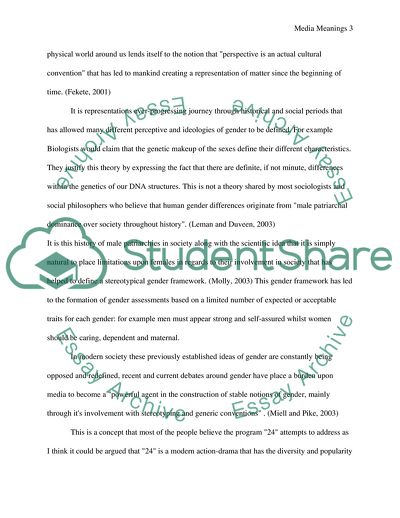Cite this document
(Gender Representation in Media Case Study Example | Topics and Well Written Essays - 2000 words, n.d.)
Gender Representation in Media Case Study Example | Topics and Well Written Essays - 2000 words. Retrieved from https://studentshare.org/gender-sexual-studies/1724112-media-meanings
Gender Representation in Media Case Study Example | Topics and Well Written Essays - 2000 words. Retrieved from https://studentshare.org/gender-sexual-studies/1724112-media-meanings
(Gender Representation in Media Case Study Example | Topics and Well Written Essays - 2000 Words)
Gender Representation in Media Case Study Example | Topics and Well Written Essays - 2000 Words. https://studentshare.org/gender-sexual-studies/1724112-media-meanings.
Gender Representation in Media Case Study Example | Topics and Well Written Essays - 2000 Words. https://studentshare.org/gender-sexual-studies/1724112-media-meanings.
“Gender Representation in Media Case Study Example | Topics and Well Written Essays - 2000 Words”. https://studentshare.org/gender-sexual-studies/1724112-media-meanings.


